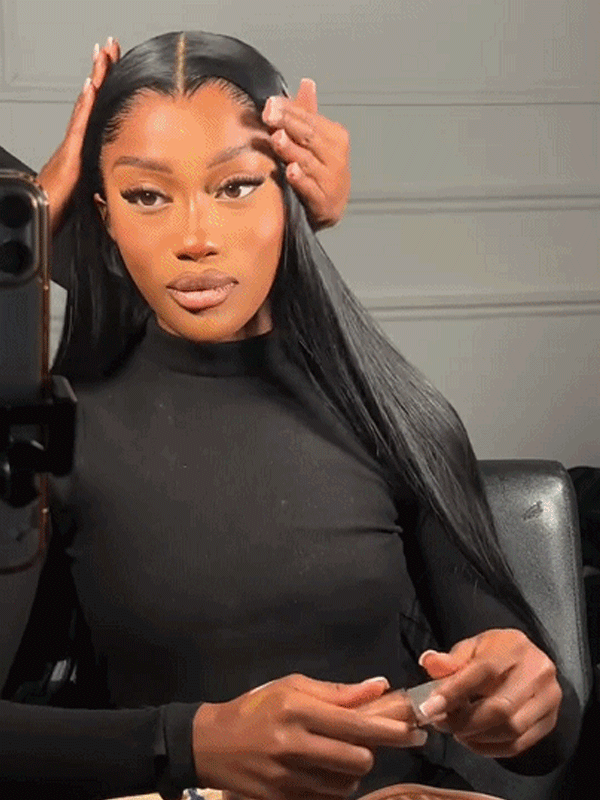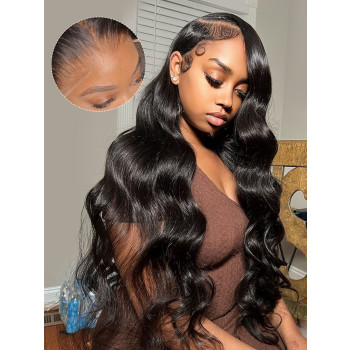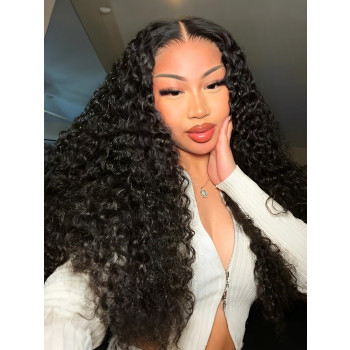Looking for the right size of a wig starts by ensuring your measurements are accurate. To guarantee comfort, feeling protected, and a normal look in wigs, knowing how to measure head for wig is important. Measuring right will avoid out-of-place problems like your wig falling or looking strange on your head. Accurate measurements will let your wig stay put and feel comfortable during your whole day, so you won’t keep adjusting it.
Key Resources for Getting the Best Wig Measurements
Having the correct tools before measuring makes your results much more accurate. Because cloth or plastic measuring tapes bend to the shape of your head, having one is essential for good patterns. Working together with a friend is useful when it’s hard to get good measurements on parts of your head that lie at the back.
Besides, write down or save your measurements right after getting them. Having a supply of bobby pins or hair ties around will hold back your hair, so your hair ripples don’t throw off the accurate measurement of your head.
Process for Measuring Someone’s Head
How to measure head for wig? You should take care and work step by step. First, get the measuring tape half an inch above your ears, browse, and wrap it around your head. It should be taken where your natural hairline is, and you shouldn’t press the tape into your skin.
Next, measure along the hairline at your center forehead, going back to the place where your hairline kisses your neck. Sizing the tape from the front to the back shows the perfect shape and size of the wig cap.
Above one ear, mark the hairline with the tape. Bring the tape across your head, without going around, and mark it at the hairline above the other ear. Your last measurement is taken from the top of one ear to the back of your other ear, by following the hairline.

Realizing that Wig Sizes Aren’t the Same
After learning that wig sizes can vary, understanding how to measure head for wig is necessary when comparing between suppliers. Wigs come in categories named small (21-21.5 Inches), medium (22-22.5 Inches), and large (23-23.5 Inches), and average adult females commonly wear the medium models.
Yet, many high-end wigs feature adjustable sizing, allowing for a customized fit between standard measurements. They may use elastic bands, straps you can tighten, or hooks to give you extra inches of fit in both directions. Getting accurate head measurements lets you wear wigs that fit well and comfortably, no matter what the brand has decided its sizing means.
Hair Care Can be Different Depending on Your Hair Type
Things to consider when learning how to measure head for wig are the length, texture, and thickness of your natural hair. Long or thick-haired wearers can decide if they prefer to hide their hair inside the wig (choosing a bigger size) or flatten it down (which will work with most wigs).
If you or your client has very short or no hair, measurements are taken along the scalp, which could result in selecting a size that is slightly smaller than would usually be chosen.
Should you wear your natural hair in some wigs and do not cover it in others, pick out wig caps that can fit both daring looks and those you prefer to hide with hair or a wig. Because your hair may grow or fall out, it’s wise for wig wearers to measure their heads every so often.
How to Take and Work with Your Measurements
After taking measurements, prepare a detailed list to help you buy wigs both online and at stores. You should also add your head circumference, the length from front to back, ears-to-ears up top, sides right across the forehead, and length around the nape.
Although basic measurements are enough for most wig orders, the manufacturer could still require additional information, so it pays to have a complete set of measurements for every customer.
Ensure you look up the manufacturer’s size charts for wigs, using your circumference to get the best idea of the fit. It’s important to notice that the fit of a wig can depend on the style—ones with bangs sit closer to your eyebrows than those with a more open style.
The Solution to Typical Common Problems
Wig veterans can still face issues when getting measurements. Not having tension when measuring can lead to a wig that either falls off or makes you uncomfortable because it’s too tight. Do not use a measuring tape so tightly that it leaves marks or makes skin creases.
An additional problem is measuring yourself, especially when trying to get your back length correct. Measuring once is fine, but a mirror or pictures during the process will help check your placement.
For people who are losing their hair, periodically measure the head’s size, since what appears to be normal head circumference may become confusing as the hair decreases. Always consider head shape with its circumference; your occipital bone or crown may differ, meaning your hat needs adjustments.
Recommendation
By carefully measuring your head, ALIPEARL delivers wigs that are both comfortable and appear natural for everyone who wears them. Thanks to our expert consultants’ help, you can choose the head size you need by comparing the various cap constructions in our large wig range. With many years of experience in how to measure head for wig, ALIPEARL helps new and older wig users create a custom measurement and fitting process to get just the right fit.



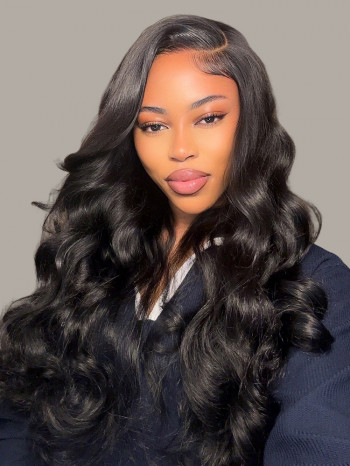
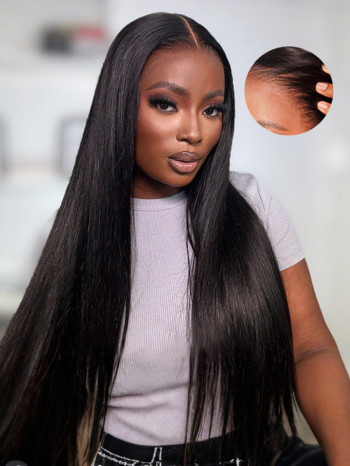
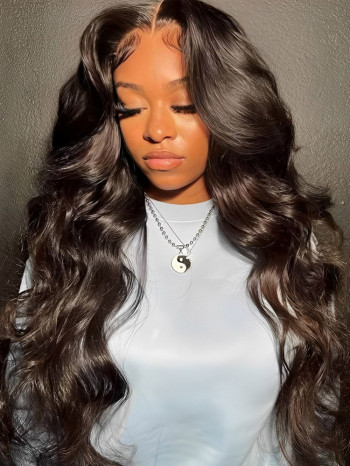
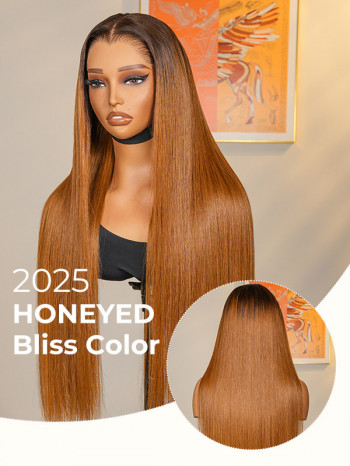






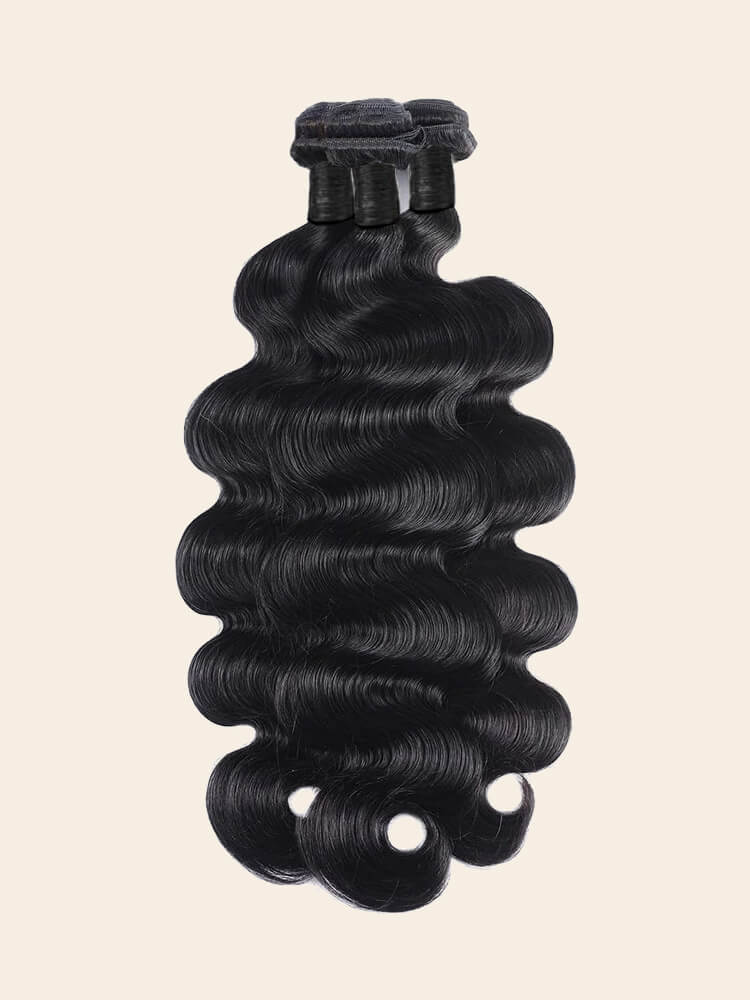 Body Wave Bundles
Body Wave Bundles 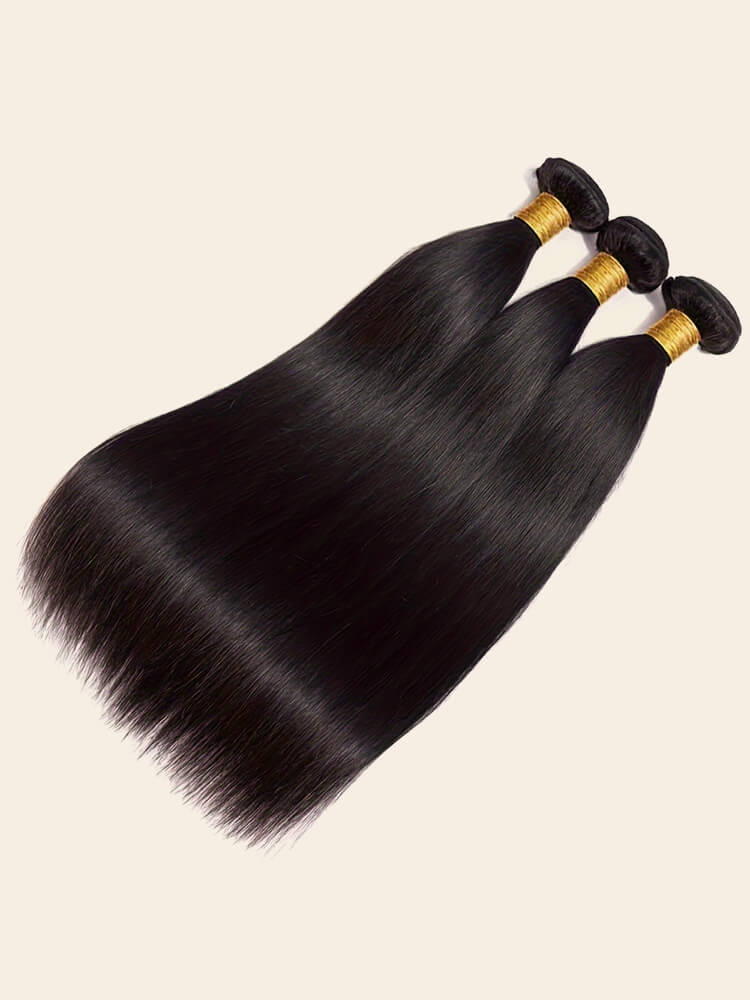 Straight Bundles
Straight Bundles  Curly Bundles
Curly Bundles  Colorful Bundles
Colorful Bundles 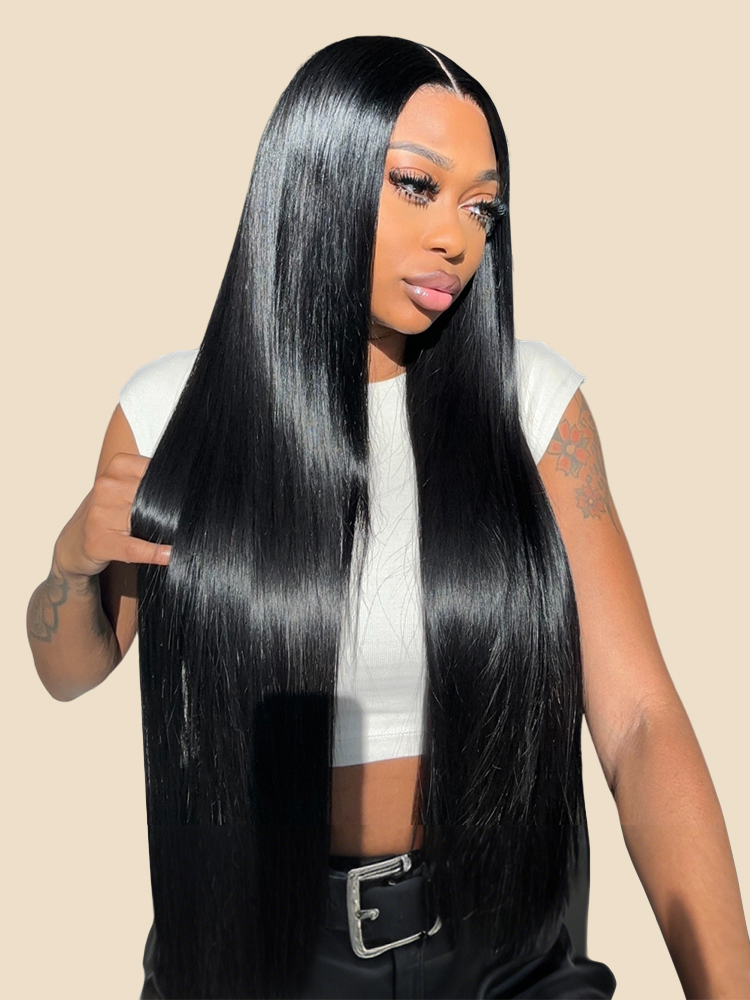 12A Mink Hair
12A Mink Hair 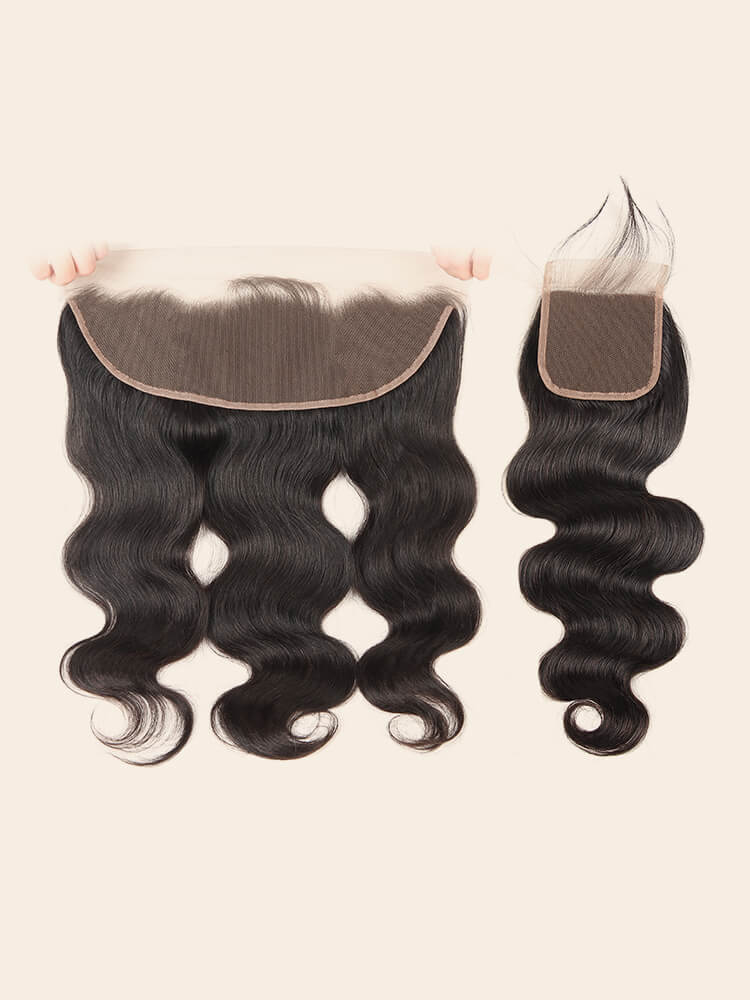 Closures / Frontals
Closures / Frontals  Hair Extension
Hair Extension 
 Flash Sale
Flash Sale Ship In 24H
Ship In 24H Wig Sets & Deals
Wig Sets & Deals In-Person Stores
In-Person Stores Blogs
Blogs




